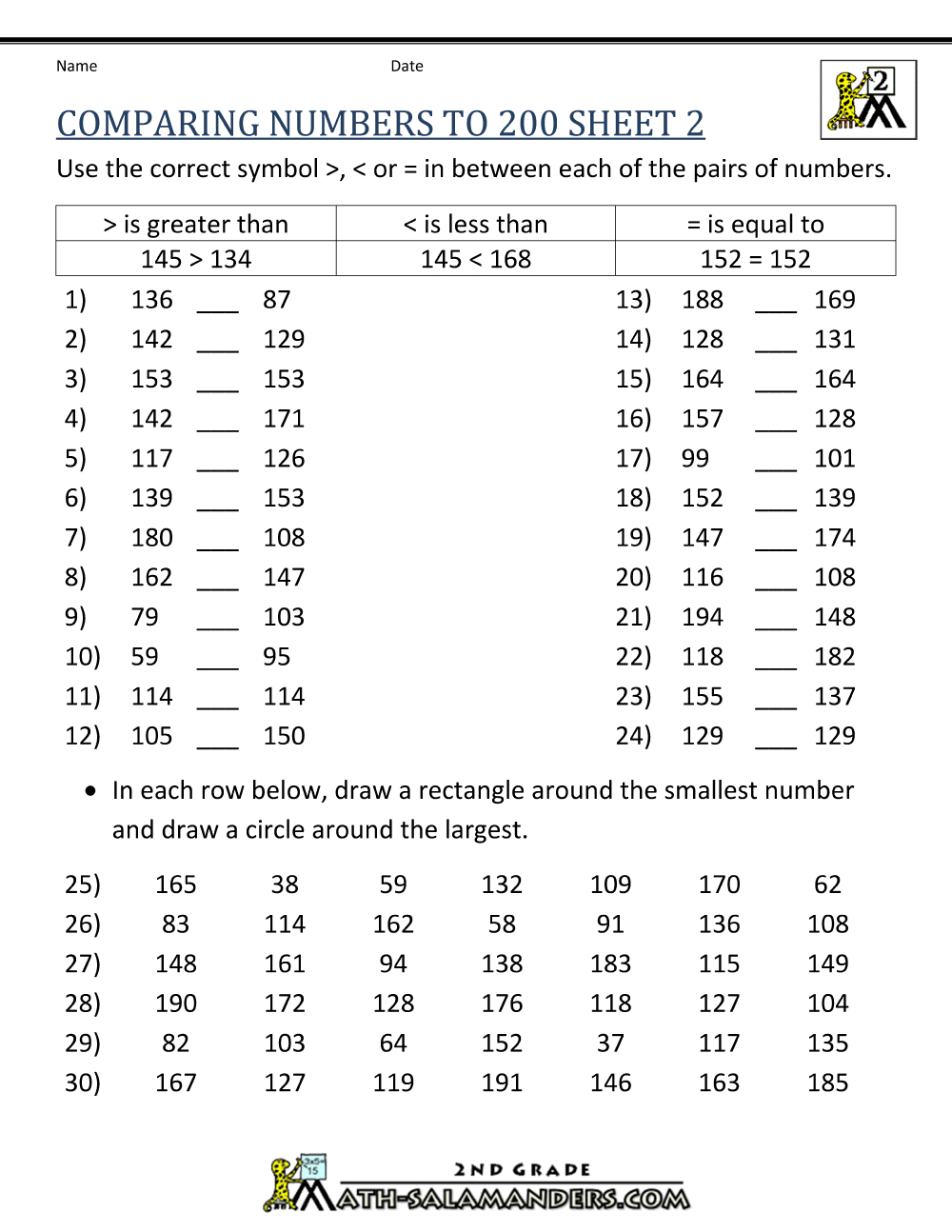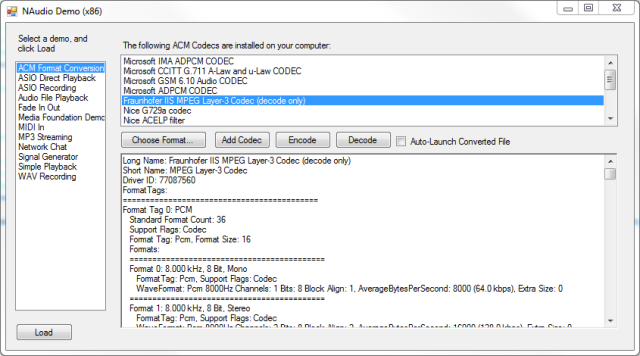Number Counting Wav File
Work with WAV filesA WAV file is a header specifying format information, followed by asequence of bytes, representing the state of some audio signal over alength of time.A WAV file may have any number of channels. Typically, they have 1(mono) or 2 (for stereo). The data of a WAV file is given as asequence of frames. A frame consists of samples. There is one sampleper channel, per frame.
Every wav file has a sample width, or, thenumber of bytes per sample. Typically this is either 1 or 2 bytes.The wav module supplies more convenient access to this data. Inparticular, see the docstring for Wave.channeldata.The header contains information necessary for playing the WAV file,including the number of frames per second, the number of bytes persample, and the number of channels in the file.AUTHORS:. Bobby Moretti and Gonzalo Tornaria (2007-07-01): First version. William Stein (2007-07-03): add more. Bobby Moretti (2007-07-03): add doctestsclass sage.media.wav. Wave ( data=None,.kwds )Bases:A class wrapping a wave audio file.INPUT:You must call Wave with either data = filename, wherefilename is the name of a wave file, or with each of thefollowing options:.
channels – the number of channels in the wave file (1 for mono, 2 forstereo, etc. width – the number of bytes per sample.


framerate – the number of frames per second. nframes – the number of frames in the data stream. bytes – a string object containing the bytes of the data streamSlicing. Getting the $n$th item in a Wave object will give you the valueof the $n$th frame. Channeldata ( n )Get the data from a given channel. INPUT: n – the channel number to get OUTPUT: A list of signed ints, each containing the value of a frame.
Convolve ( right, channel=0 )NOT DONE!Convolution of self and other, i.e., add their fft’s, theninverse fft back. Domain ( npoints=None )Used internally for plotting. Get the x-values for the various points to plot. Getframerate ( )Returns the number of frames per second in this wave object. OUTPUT: The frame rate of this sound file. Getlength ( )Returns the length of this file (in seconds).
OUTPUT: The running time of the entire WAV object. Getnchannels ( )Returns the number of channels in this wave object. OUTPUT: The number of channels in this wave file.
Getnframes ( )The total number of frames in this wave object. OUTPUT: The number of frames in this WAV. Getsampwidth ( )Returns the number of bytes per sample in this wave object.

OUTPUT: The number of bytes in each sample. Listen ( )Listen to (or download) this wave file.Creates a link to this wave file in the notebook. Plot ( npoints=None, channel=0, plotjoined=True,.kwds )Plots the audio data.INPUT:. npoints – number of sample points to take; if not given, draws allknown points. channel – 0 or 1 (if stereo). Default: 0.
plotjoined – whether to just draw dots or draw lines between sample pointsOUTPUT:a plot object that can be shown. Plotfft ( npoints=None, channel=0, half=True,.kwds ) plotraw ( npoints=None, channel=0, plotjoined=True,.kwds ) readframes ( n )Reads out the raw data for the first (n) frames of this waveobject. INPUT: n – the number of frames to return OUTPUT: A list of bytes (in string form) representing the raw wav data. Save ( filename='sage.wav' )Save this wave file to disk, either as a Sage sobj or as a.wav file. INPUT: filename – the path of the file to save. If filename ends with ‘wav’, then save as a wave file,otherwise, save a Sage object.If no input is given, save the file as ‘sage.wav’.
Audio Files Spoken Numbers
Setvalues ( values, channel=0 )Used internally for plotting. Get the y-values for the various points to plot.
.wav File Counting 1 To 100
Sliceseconds ( start, stop )Slices the wave from start to stop. INPUT: start – the time index from which to begin the slice (in seconds)stop – the time index from which to end the slice (in seconds) OUTPUT: A Wave object whose data is this object’s data,sliced between the given time indices values ( npoints=None, channel=0 )Used internally for plotting. Get the y-values for the various points to plot. Vector ( npoints=None, channel=0 ).
WAVE Audio File File extension.wavFile categoryDescriptionWAV format is intended for operation with digitalized audio stream. It contains musical compositions, voice recordings, and various audio effects. Developed by programmers from Microsoft and IBM, it is a key format for placing of uncompressed sound files on Windows PCs. The files can be played back in QuickTime, Windows Media Player, Wav Player and some other programs. In addition to that, they can be processed in audio editing apps.When a file is compressed into WAV, the data are not supposed to be lost, and the quality is excellent. However, the format did not have a huge market share, due to its larger size, as compared with MP3.
It is required to have enough time and disc space to upload and send such files via the Internet. One of the major advantages of WAV is linked to the use of Linear Pulse Code Modulation (LPCM) for storage of audio stream. Consequently, a copy is just as good as an original, which is highly appraised by experts in music and professional users.Technical detailsSound files with this extension are recorded into 8 or 16 bit per sample. A standard option for CD Audio is an audio stream of 16 bit per sample and sampling frequency of 44.1 KHz. One second of sound corresponds to 88 Kb of internal memory. WAV files can store metadata in the INFO chunk, and they also include integrated IFF lists.In some cases, the standard format may be used for broadcasting. For instance, BBC stereo data of 44 100 Hz and 16 bit are generally accepted within the VCS system.Programs.
